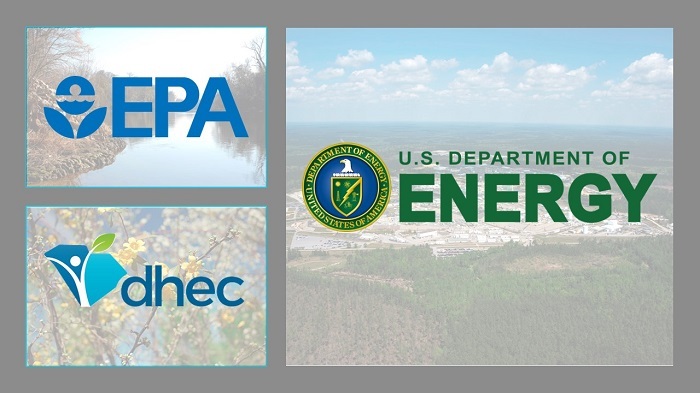
The Department of Energy’s Savannah River Site (SRS) has finalized a high-level waste tank milestones agreement with state and federal regulators that will guide the clean up of the South Carolina site.
According to SRS, over the last several months, the Department of Energy–Savannah River (DOE-SR), the South Carolina Department of Health and Environmental Control (DHEC), and the Environmental Protection Agency have reviewed, negotiated, and agreed on revisions to the SRS Federal Facility Agreement (FFA). The FFA establishes procedural framework and directs comprehensive remediation at SRS, including high-level waste tank milestone agreements and other site cleanup priorities.
The revision to the FFA outlines the schedule for the waste removal and operational closure of the 16 oldest-style tanks at SRS. All 43 remaining tanks are slated to be operationally closed by 2037.
The waste: The radioactive liquid waste stored at SRS was generated as a by-product from the processing of nuclear materials for national defense, research, medical programs, and space missions. Totaling about 34 million gallons, the waste is stored in underground carbon-steel waste tanks grouped into two tank farms at SRS.
Revising the FFA and the waste tank milestone commitments ensures regulatory requirements align to allow the DOE’s liquid waste facilities to operate as efficiently and effectively as possible, according to Jim Folk, DOE-SR’s assistant manager for waste disposition. “DOE will continue its ongoing positive relationship with our regulators by involving DHEC and EPA throughout each stage of the waste removal process to explain the activities undertaken, results of removal operations, challenges, and next steps,” he said.
Shared standards: The revised agreement also outlines a set of shared SRS Liquid Waste Program values and goals, in priority order.
Values
Maintain transparency with open communication between regulators, the DOE, and the contractor on program progress and significant emerging issues.
Ensure the DOE’s strategy and plans are subject to stakeholder engagement and input, including DHEC permitting processes as appropriate.
Maximize the amount of curies (especially long-lived radionuclides) vitrified and ready for ultimate disposal out of state.
Limit disposal of curies on-site at SRS so that residual radioactivity is as low as reasonably achievable.
Goals
Reduce risk to the environment by removing waste and closing tanks with a goal of completion of the liquid waste program by 2037.
Reduce operational and environmental risk by aggressively removing curies from waste tanks.
Reduce operational and environmental risk by optimizing operations to minimize liquid waste program total life cycle.
Complete waste removal and subsequent grouting of all waste tanks and ancillary structures with a risk-based priority order: first to tanks in the water table, followed by F Tank Farm tanks, followed by remainder of waste tanks, followed by ancillary structures, recognizing the potential for future emergent conditions or opportunities.
Lead contractor: The liquid waste contractor at SRS, Savannah River Mission Completion (SRMC), assisted with FFA milestone negotiations. For the first time, a single contractor now has responsibility for all of the liquid waste processing facilities at SRS, which is a significant benefit to completing the liquid waste mission, according to SRMC president and program manager Dave Olson. “Having the milestones set today allows us to focus on delivering results and executing the work that will drive our mission to completion,” he said.